Beyond Beyaan is an indie 4x space strategy game currently being developed by Brent Patterson.
Beyond Beyaan is heavily inspired by the 4x classic Master of Orion series. When you start playing you can easily tell that many aspects are inspired by MoO1 (the sliders, ship design and research for example) and others by MoO2 (some parts of research and ship design also). The starmap and ships movement also remind you of MoO.
I’ve been following Brent’s work for some time now. Considering that he’s working almost by himself (and that this is his first game) I think his progress is amazing. I believe there’s much still to be done and polish but I think the game is already solid enough to be looked at more closely. There is no release date established yet though.
Next follows a brief hands-on preview of the current development/alpha version Brent was kind enough to share with me.
Game Setup
When you start your game you can choose the players (Human or Computer) and some galaxy generation parameters. When you’re done with that you generate your galaxy. When you’re happy with your galaxy you click next and start your game.
The game customization screen is probably not finished yet. It needs a bit of polishing but it already contains the basic stuff, and looks fine. There are only two races currently available to choose from: Humans and Zero People. Brent will probably add more races in the future.
In-Game
When the game starts you’re presented with a starmap. You can see your star system containing your homeworld and probably other planets of different types. I already saw Tundra planets, Desert, Terran, Asteroids, Jungle, Steppe and Dead, and all of this diversity in a single system. Amazing!
You decide your planet’s output by adjusting sliders to manipulate what’s to be produced. Here the similarities with MoO1 are striking, but also in Sword of the Stars, although SotS got inspired in MoO1 in the first place :)
By adjusting your sliders you can choose to allocate funds to Agriculture (impacts population growth), Pollution (impacts max pop, not fully implemented yet), Commerce (not yet implemented), Research (implemented), and Construction (implemented).
From what I could tell 1 population unit standing on a planet generates 1 BC (billion credits if I’m correct). You then allocate the amount of cash generated to areas like research, pollution containment, construction, etc.
Planets have special characteristics I believe, since some feature an icon representing some kind of treat. I could not tell which types of bonuses are offered though (tip: tool tips always help a lot).
To move ships around you click on your fleet (represented by a bunch of small ships next to your systems), set the amount of ships you want to send and then right-click on a location.
To colonize planets, if I understood correctly, you transfer population by building transports. At least that was what I did since I could not find a colony type of ship. So, to colonize, you send your transport(s) to an ninhabited planet, in the same system or in a different one, and choose a planet to land. Multiple empires can inhabit the same system (something that also made me remember MoO2).
On the bottom of the galaxy screen there is a “taskbar” with 9 buttons that contain the menu options. From left to right: Game Menu, Galaxy View, Diplomacy, View Fleets, Design Ship, View Designs, View Planets, Research, and End Turn.View Designs isn’t implemented yet.
Brent confirmed that ship Design is fully implemented, but the UI layout isn’t final. Here again the similarities with MoO1 and MoO2 are evident. You can choose weapons, hulls (the models resemble MoO models a lot), number of mounts and special equipment like computers, engine, armor and shields.
Although you can tell that the models are heavily inspired by MoO I don’t remember seeing them exactly as such in MoO games. Some of the models are quite cool actually.
Research is implemented, you can already research stuff. You allocate the research points you generate from each planet throughout the different technologies you want to research.
The research mechanics feels also very MoO’ish. You manipulate sliders (and can lock them) to distribute your research points, which is clearly inspired in MoO1 (other games also use this mechanic like Armada 2526 for instance), and you can choose from multiple research options in the same “field” (which resembles MoO2 way of choosing from multiple alternatives).
Nothing seems to be left out; there is also diplomacy in Beyond Beyann.
The options presented are pretty much standard, maybe the reconcile empire and harass empire are two innovative options on this topic.
So, what’s new or different about Beyond Beyaan?
So far my experience playing Beyond Beyaan was not so different from playing a mix of MoO1 and MoO2, but subpar. I also had a few flash experiences from other space strategy games.
Beyond Beyaan’s major strength though resides on its high moddability.
Brent states that the player will have the ability to modify different aspects of gameplay. You could mod galaxy generation to create custom galaxies for example.
But the biggest things that you will be able to modify are the technologies. From Brent’s own words:
“This game will focus on space combat and technologies, so you can create your own technologies and plug them in. For example, if you want a torpedo to bounce off a ship towards another ship, you can script that torpedo’s “OnHit” function to tell it to bounce instead of disappearing. Or perhaps you want a missile to split into multiple missiles (not just internal code, but visibly splitting), you can script that in “Travel” function after a certain time amount has passed” – Brent Patterson.
This sounds great so I asked Brent how players could modify the game. He replied the following:
“At main menu, before starting a game, there will be a drop-down showing different game files that you can load, the normal gameplay would use “Default”. You can add new folders, and create your own races, technologies, AI scripts, galaxy generation scripts, artwork and sounds for the game. The game will allow you to select one of those folders and load it, so you don’t have to overwrite any of the game files. So in theory, it’d be possible to mod the game to be similar to older 4x games, or create your own game.” – Brent Patterson.
Pre-Order and Donations
Brent has plans to set up a Pre-Order service soon in order to try and raise money to fund art work and other resources of the game. Currently he has set up donations on his website. He explains what he plans to do with the funding. There will be perks involved to donors.
Brent would be delighted, for sure, to hear your comments on what you’ve seen so far. If you want to support his project, then feel free to do so! You can reach Brent through his blog.
Good luck on your project Brent. I will watch it closely.
About Brent Patterson
Brent shared his motivation on developing Beyond Beyaan with SpaceSector.
Brent is a professional programmer and a space game enthusiast that wants to see a worthy Master of Orion successor.
“I was not happy with the new 4x games being released, that I find to be too complicated or in real-time. So, I decided to create my own game, picking up from the features I liked best from MOO1, and some other 4x games” – Brent Patterson.
Brent maintains a blog where he keeps his advancement on Beyond Beyaan up to date.
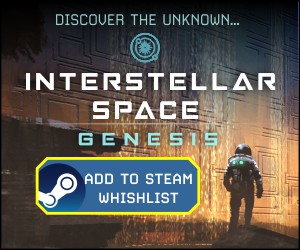
6 Comments
Related Articles:
- Master of Orion Inspired Beyond Beyaan Goes Open Source
- Beyond Beyaan: A Space 4X Game Engine [Kickstarter]
- Beyond Beyaan: Alpha Footage Video & Progress Status
- Beyond Beyaan Preview
- Endless Space Screens [Updated]

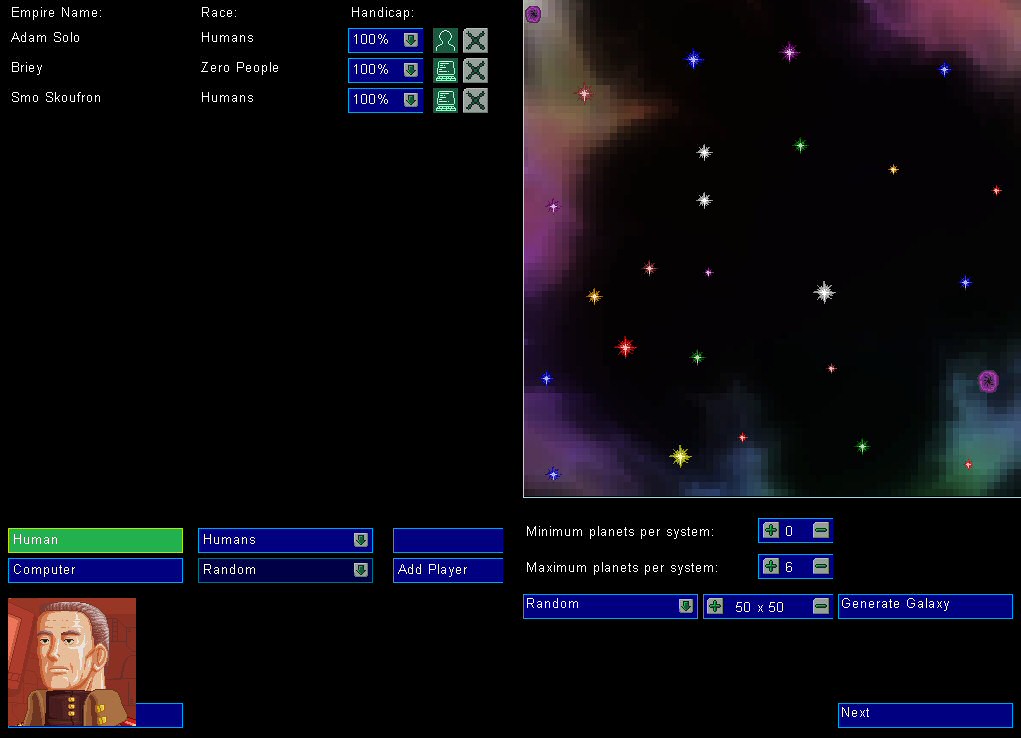
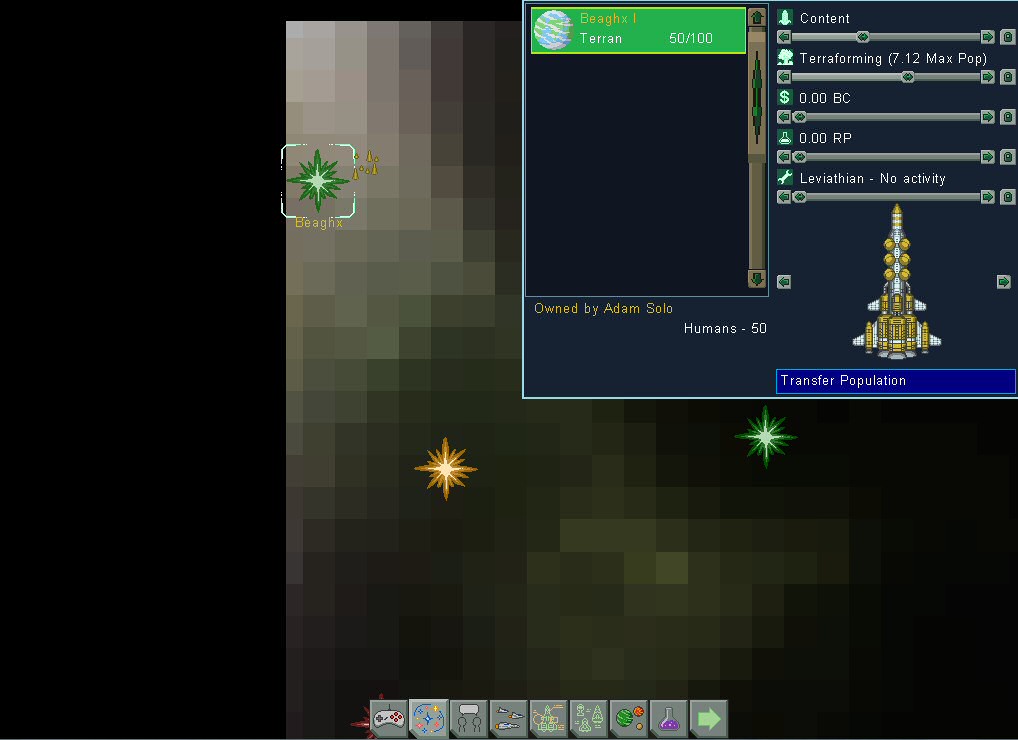
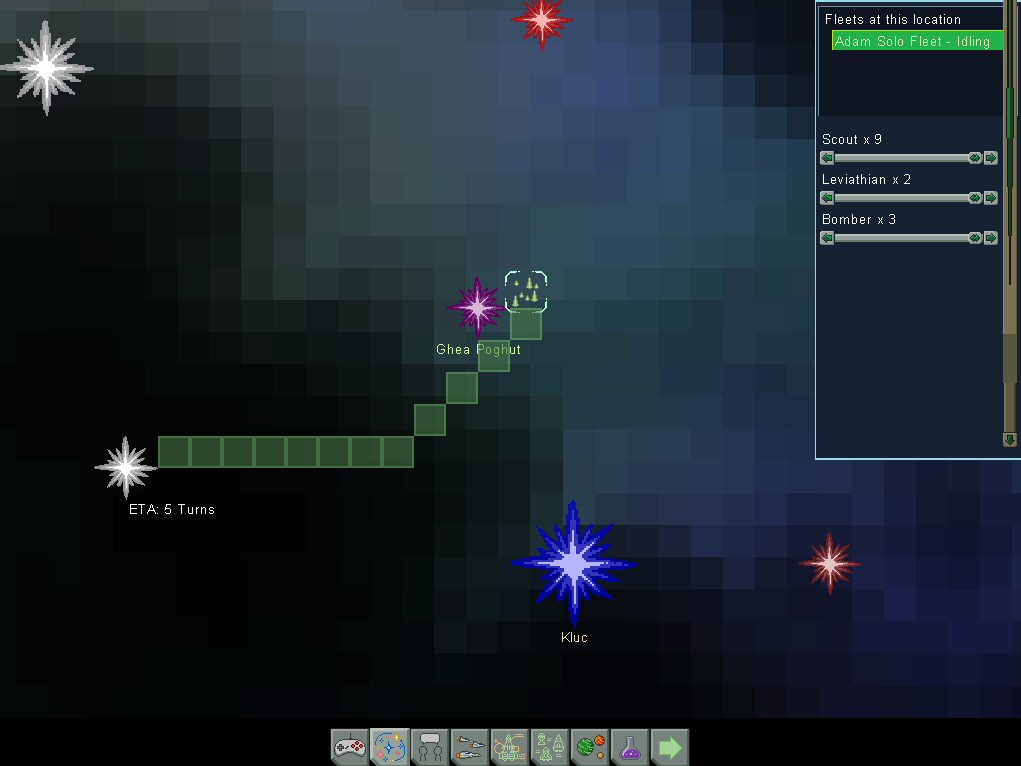

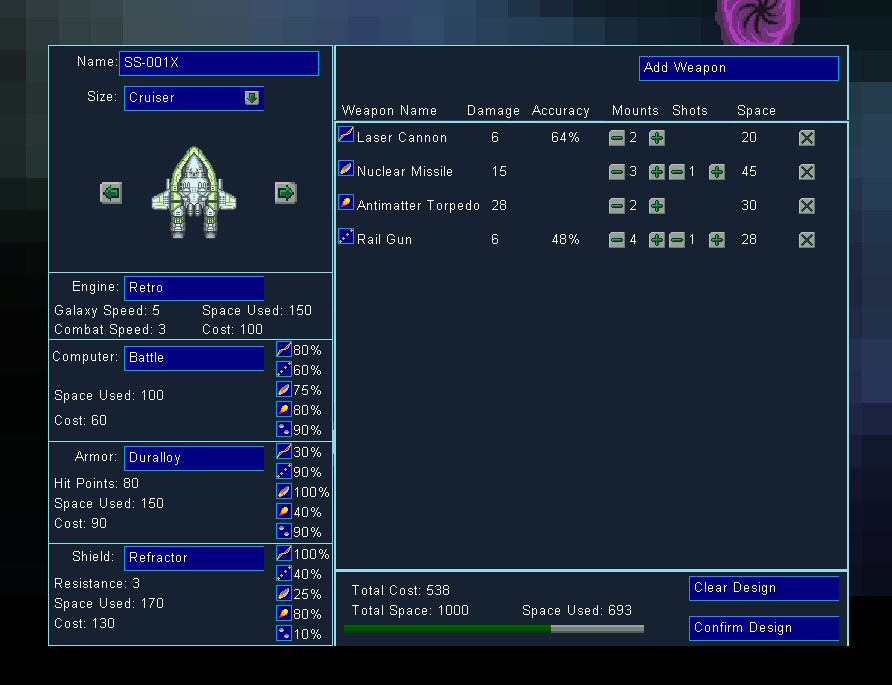
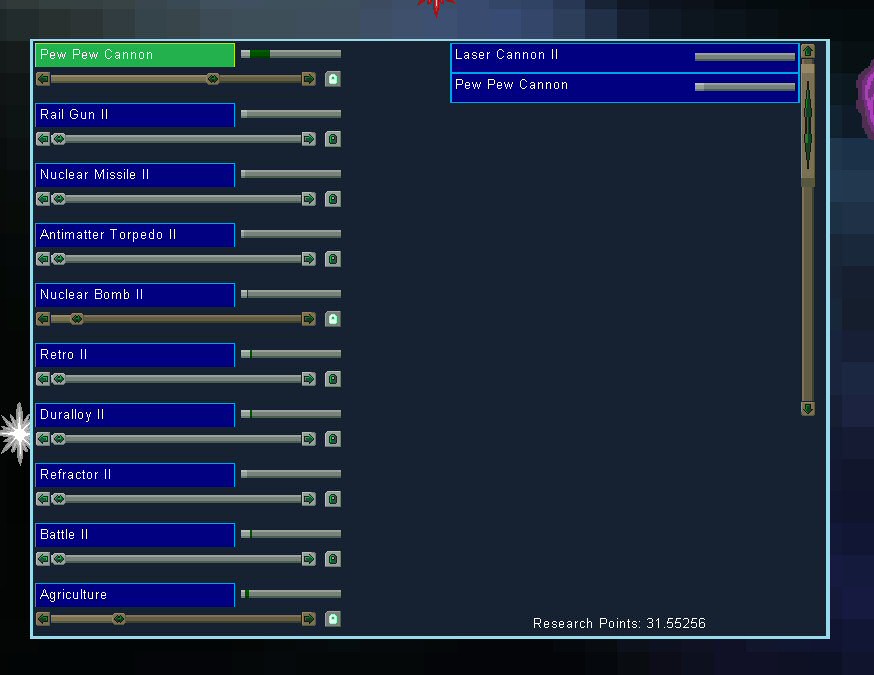
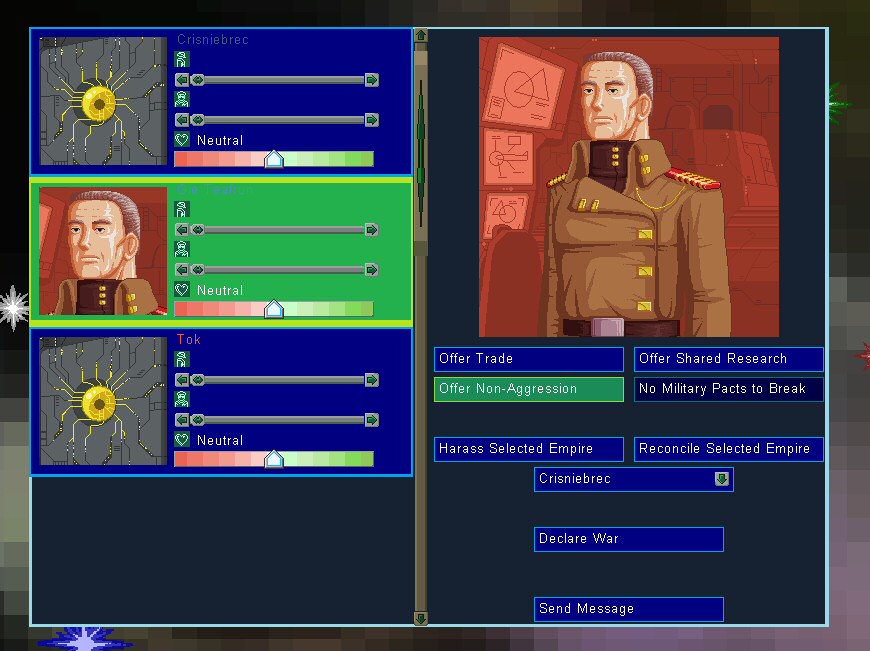
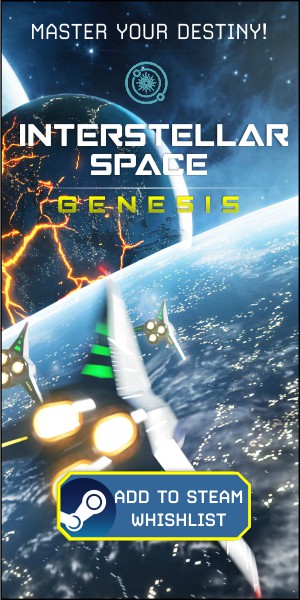
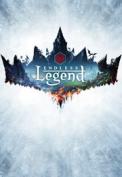

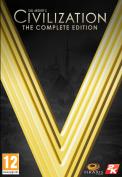


Interesting!
His intentions are good but judging from the screenshots the game looks very amateurish, and if I wanted to play a moo clone I’d be playing Moo1 or moo2. Regardless, good luck with the game !
Well I just realized I probably sounded a little too harsh with my previous post…
It wasn’t intentional, I’m still looking forward to this, regardless of what I said.
Yeah, it does look amateurish. The fact is, I’m a crappy artist, and I’ve been focusing on the game’s core mechanics, not the UI. The good news is that the game’s core mechanics (aside from space combat) is basically done, so I’m now improving the UI and re-doing the screens. The artist that I’m working with just provided me with a new batch of artwork to use in my game. My next blog post will show the new screens, by then it should look less amateurish :)
This isn’t a clone in the sense that it copies all the aspects of MoO 1 or 2, but rather a new game that have a lot of elements that’s inspired by them. It have some unique elements of its own, such as capturing population in ground combat, scripted technologies, different way of designing ships, new weapon types, and other goodies :)
Thanks for your feedback, constructive criticism are welcome. My goal for this game is to capture that nostalgic feeling when you play the old 4x games, but yet stand apart as its own game. I hope that’s an attainable goal.
high respect for the idia!
i am a big fan of orion 1&2
and what i liked about MOO2 was:
1)turn base tactical play that let you take over ships and then extract technologies from those ships
2)deplomacy that let you trade almost any thing (it was a bit bad becouse it was unfair toward AI)
3)intuitive control with nice “picture like” UI – in other games i played desiners ignor those little things
4)strong AI that evoleves faster than a human player – that could be defited only by using: capturing ships,traiding tehnologies,stealing tehnologies and using deplomasy (meaning : smart play)
5)good pop up explanations in research and other stuff
if those stay it would be grate :)
and your idia of manipulation on tehnologies is very interesting (a bit hard for acomlishment if played against AI)
it would have bean very interesting if diferent races developed totaly diferent tehnologies that are suted each individual race and gives it a sertain adventage over others (lets say three teh trees)
(regardless of race basic statistics like in MOO2) and some other rases that use one of those trees
but in turn those tehnologies can be traided or stolen.
just dreaming :)
Oooh! Finally – this looks very interesting. Can we chuck suggestions at you? I like Leon’s multiple tech tree suggestions above. Was it sins of a solar empire that had an organic tech, crystal tech and stealth tech tree. Funilly enough I was bored in a meeting last week and came up with these…
Weapons / Armament / Armour
Different armour types – stealth, regenerative, reflective
Shield types – hit points, absorb fraction of damage (dampner), perfect against certain weapons
Hull design – bias for stealth, weapon loading, avoiding incoming fire (defense)
Energy storage – save up energy across turns and unleash (for when someone has shields too strong / regenerative to penetrate)
Directed pulsar – great against packed fighter swarm
Ramming options – fit ship with intense force field at front to ram damage other ships
Shield extender – to weaken but extend your shield round injured ships (Enterprise style!)
Carrier ship class
More bio weapons – that can damage a planet for many turns after an attack -> hit and run missions
Damage a system’s star (advanced) / (Also, improve your star / crap star in an otherwise planet laden but poor star system)
Very long range Ionic Disruptor to damage planets defenses during a battle (could make it so has to remain stationary and vulnerable)
Planetary
Advanced construction – build multiple things on one planet
Stealth structures (hide planetary structures from long range scanners)
Fake structure (pretend you have awesome planetary defenses!!!)
Gravity slingshot – if planet has moon, use it to slingshot defenses to meet attacks further from planet
General game
Moons – which offer *slight (like 20%)* bonuses to a planet e.g defense, extra building, population etc
Set up how your ships approach a planet – flanking, diamond formation, hold back, surround…
Multiple star bases (to counter former a little)
Planetary attack options – attack civ / defensive / offensive structures
Tighter restrictions on how far one can travel – make use of outposts more and allow them to be starbases / battlestations etc – mini bases poss in dead system which are outposts to explore further
Ships can intercept missiles bound for other ships (take the damage) (like the Japs would do with their boats and carriers in WW2)
Different FTL technologies – warp, stargate, wormhole, of varying compatibilities and bonuses, e.g. warping can be blocked, but generally you can go anywhere. Wormholes – no chance to find stuff in interstellar space, but engines can be smaller, etc